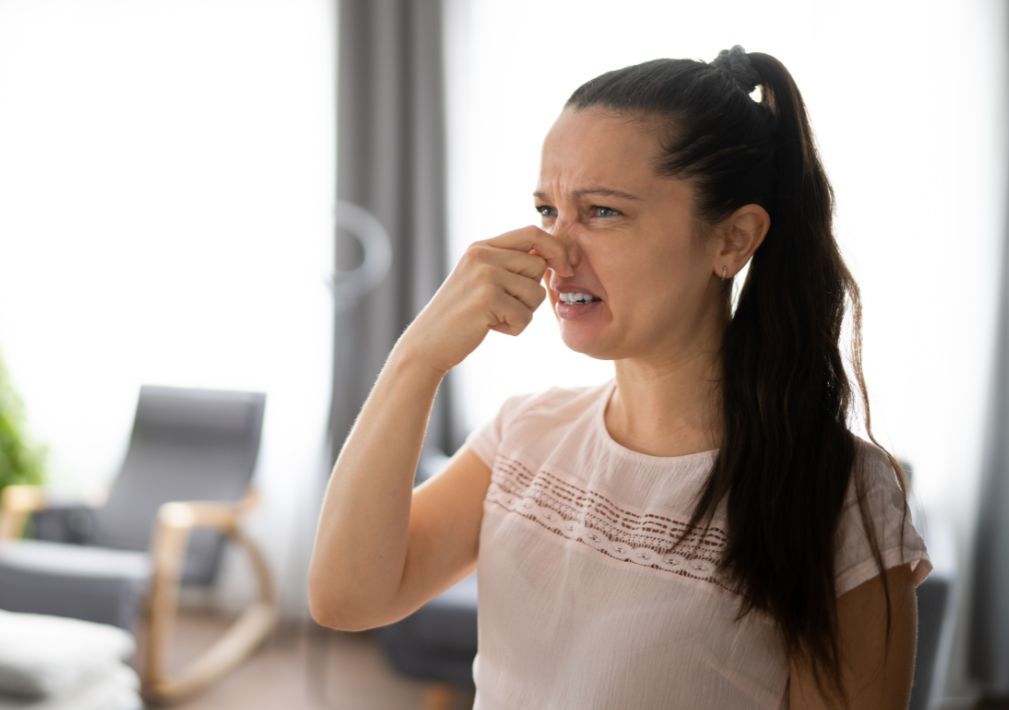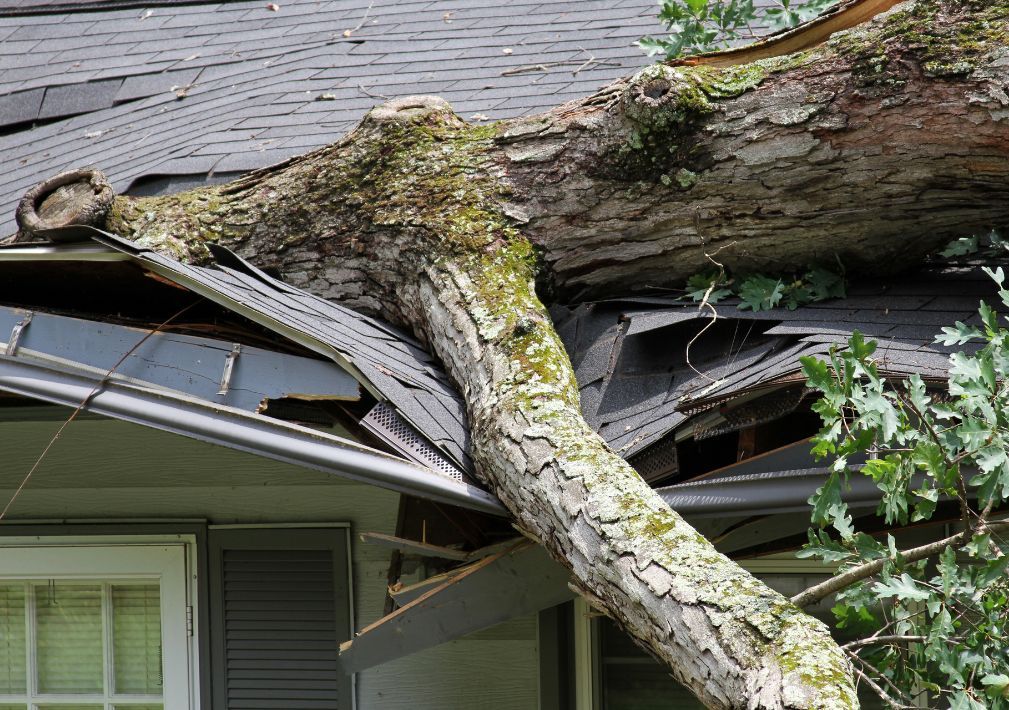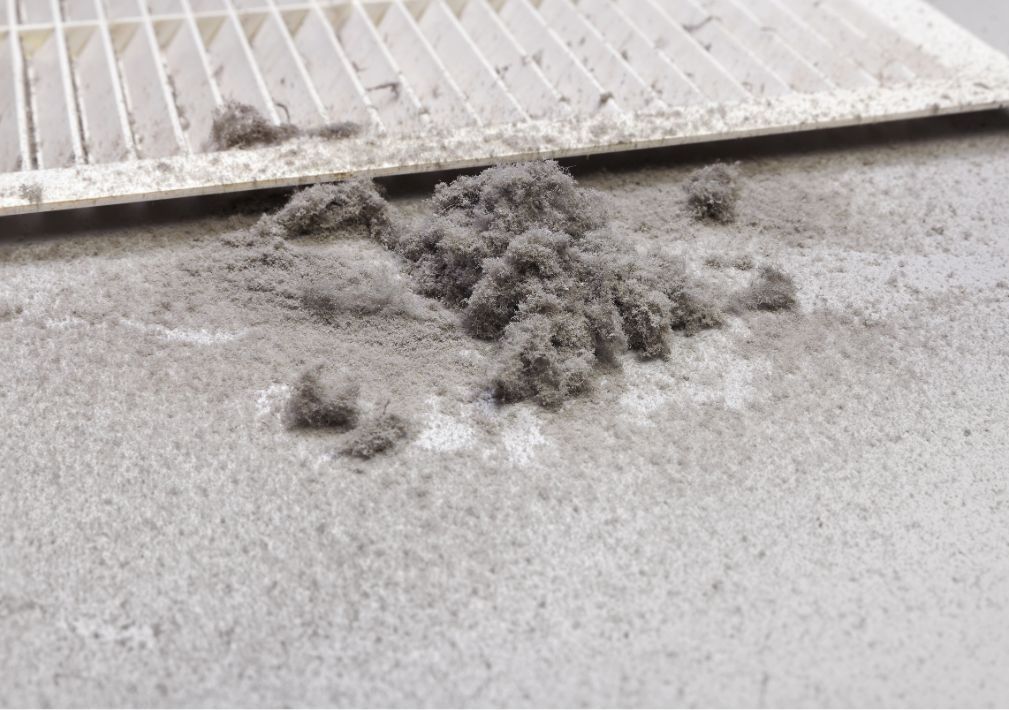What is the Average Cost of Mold Damage Restoration in Fort Lee, NJ?

Table of Contents
- 1. Factors That Influence Mold Damage Restoration Costs
- 1.1. 1. Size of the Affected Area
- 1.2. 2. Severity of Mold Contamination
- 1.3. 3. Carpet Material and Cleaning Process
- 1.4. 4. Water Damage and Moisture Levels
- 1.5. 5. Professional vs. DIY Restoration
- 2. The Process of Mold Damage Restoration in Carpets
- 3. Importance of Regular Carpet Maintenance for Mold Prevention
- 4. Final Thoughts on Mold Remediation
- 5. Frequently Asked Questions About Mold Remediaiton
The average cost of mold damage restoration in Fort Lee, NJ, ranges between $1,500 and $6,000, depending on the extent of damage, affected areas, and the remediation methods required. In some severe cases, mold remediation costs can reach $10,000 or more, especially when mold spreads to drywall, HVAC systems, or flooring materials beyond carpets. The price will also depend on whether the homeowner opts for preventive measures post-restoration, such as additional waterproofing, improved ventilation, or antimicrobial treatments.
Factors That Influence Mold Damage Restoration Costs
Several factors impact the cost of mold damage restoration, especially when carpets are involved. Here’s what to consider:
1. Size of the Affected Area
- Small mold-affected areas (under 10 square feet) cost around $500 to $1,500.
- Larger spaces (above 100 square feet) can exceed $6,000.
- If mold spreads into HVAC systems or insulation, additional costs may apply.
- A professional mold inspection can cost between $200 and $600, depending on the complexity.
- In cases where the mold has spread significantly, partial demolition and reconstruction may be necessary, increasing costs.
- Mold hidden inside walls or under carpets can lead to higher restoration expenses due to the additional labor required for detection and removal.
2. Severity of Mold Contamination
- Surface mold on carpets is easier to remove and costs less.
- Deeply embedded mold requires advanced cleaning and may necessitate carpet replacement.
- If mold has penetrated the carpet backing, subfloor replacement may be needed, increasing costs significantly.
- Some types of mold, such as black mold (Stachybotrys chartarum), require more intensive and costly remediation.
- Mold exposure can lead to health risks, which makes immediate action critical for homeowners and families with allergies or respiratory conditions.
- Persistent mold odors may require additional deodorization treatments to fully eliminate the musty smell.
3. Carpet Material and Cleaning Process
- Synthetic carpets may be easier to treat than wool or natural fibers.
- Professional deep-cleaning or antimicrobial treatments can range from $100 to $500 per room.
- Specialized mold-resistant treatments can add $50 to $150 per treatment.
- If the carpet padding is affected, it might need to be replaced, adding an additional $100 to $300 per room.
- Steam cleaning is often recommended for deep mold removal, but if the damage is extensive, carpet replacement may be the best option.
- The age and condition of the carpet play a role in determining whether cleaning or replacement is the most affordable solution.
4. Water Damage and Moisture Levels
- Mold growth due to water damage can increase restoration costs.
- High humidity levels may require dehumidification, adding $500 to $2,000 to the total cost.
- Mold caused by long-term water leaks often results in more extensive remediation efforts.
- If water damage has spread to drywall or subflooring, additional repairs may cost between $1,000 and $5,000.
- Proper drainage systems and waterproofing can help mitigate future mold issues, potentially saving thousands in restoration costs.
- Homes with frequent flooding or leaks may require permanent waterproofing solutions, such as sump pump installations or vapor barriers.
5. Professional vs. DIY Restoration
- DIY mold removal kits cost between $50 and $150 but may not fully eliminate the problem.
- Professional services from Voda Cleaning & Restoration of Bergen County ensure thorough mold removal and prevention.
- Investing in professional mold remediation minimizes health risks associated with mold exposure.
- Professionals use HEPA filtration and antimicrobial treatments that are not available in DIY kits, ensuring better long-term results.
- Homeowners attempting DIY mold removal without proper protective equipment risk further spreading mold spores throughout their homes.
- Professional services also include follow-up assessments to confirm that the mold issue has been fully resolved, providing peace of mind.
The Process of Mold Damage Restoration in Carpets
Here’s how professionals from Voda Cleaning & Restoration of Bergen County handle mold-affected carpets:
- Inspection & Mold Testing – Identifies mold type and contamination severity. Mold testing kits can range from $20 to $200 for home use but may not be as reliable as professional assessments. Professionals use specialized tools, such as moisture meters and infrared cameras, to detect hidden mold growth and assess moisture levels in carpets and subflooring.
- Containment & Safety Measures – Prevents mold spores from spreading to unaffected areas of the home. Professionals set up negative air pressure systems and use polyethylene sheeting to seal off contaminated zones, ensuring minimal disruption to the rest of the property.
- HEPA Vacuuming & Dry Cleaning – Removes surface mold effectively before deep cleaning begins. High-efficiency particulate air (HEPA) vacuums are specifically designed to capture microscopic mold spores, preventing them from being released into the air.
- Antimicrobial Treatment – Kills remaining mold spores and prevents regrowth on carpet fibers. The use of fungicidal sprays and disinfectants ensures that mold does not return after cleaning. Some treatments also include non-toxic, eco-friendly solutions that are safe for homes with pets and children.
- Hot Water Extraction or Steam Cleaning – Deep cleans carpets and eliminates mold embedded in fibers. Steam cleaning at high temperatures not only removes mold spores but also helps eliminate any lingering odors associated with mold infestations.
- Dehumidification & Drying – Ensures moisture removal to stop future growth, using commercial dehumidifiers. Industrial-strength air movers and desiccant dehumidifiers are deployed to accelerate the drying process and prevent moisture from accumulating in carpets and surrounding materials.
- Post-Treatment Testing – Confirms that carpets are mold-free and safe for use. Additional air quality testing may be conducted to ensure that airborne mold spores are no longer present in the home environment.
- Ongoing Monitoring & Preventative Measures – Ensures mold does not return by implementing preventive steps such as humidity control and regular inspections. Homeowners are advised on proper ventilation techniques, routine cleaning schedules, and the use of dehumidifiers to maintain a mold-free environment in the long term.
Importance of Regular Carpet Maintenance for Mold Prevention
Mold prevention starts with regular carpet maintenance, especially in humid areas like Fort Lee, NJ. Routine care from Voda Cleaning & Restoration of Bergen County reduces the risk of mold growth and prolongs carpet lifespan. Here are some effective maintenance tips:
- Vacuum Regularly with HEPA Filters – HEPA filters trap mold spores, preventing them from settling in carpets.
- Use Dehumidifiers in Moist Areas – Keeping humidity levels below 50% minimizes mold growth.
- Clean Spills and Moisture Immediately – Mold thrives in damp environments, so drying carpets quickly is essential.
- Professional Carpet Cleaning – Deep cleaning by professionals at least once a year ensures mold spores are eliminated.
- Proper Ventilation – Increasing airflow in rooms with carpets helps keep moisture levels low.
- Use Mold-Resistant Carpet Padding – Investing in high-quality padding prevents mold from developing underneath the carpet.
- Apply Anti-Mold Treatments – Some carpet cleaning solutions include antimicrobial treatments that deter mold growth.
- Regular Inspections for Early Detection – Periodically inspecting carpets and surrounding areas for mold signs can prevent major restoration costs.
By following these steps, homeowners can proactively prevent mold problems and avoid expensive restoration costs in the future.
Final Thoughts on Mold Remediation
Mold damage restoration costs in Fort Lee, NJ, vary based on contamination severity, and cleaning methods. Investing in professional remediation ensures thorough mold removal and prevents regrowth. Voda Cleaning & Restoration of Bergen County provides expert mold remediation services, helping homeowners restore carpets safely and effectively. Contact us today to schedule an inspection and protect your home from mold damage.
Frequently Asked Questions About Mold Remediaiton
Can mold grow back on carpets after professional restoration?
Yes, according to professionals from Voda Cleaning & Restoration of Bergen County, mold can return if moisture issues are not resolved. Professional restoration includes drying, dehumidification, and antimicrobial treatments, but homeowners should maintain low humidity levels and ensure proper ventilation to prevent mold regrowth.
How can I tell if my carpet needs to be replaced instead of cleaned?
If the mold has penetrated the carpet backing or spread to the subflooring, cleaning alone may not be enough. Signs that indicate replacement is necessary include a persistent musty odor, visible black or green mold stains, or soft, deteriorated carpet fibers. Contact us to learn more.
Does mold remediation for carpets require furniture removal?
Yes, in most cases, furniture must be removed to ensure complete mold remediation. If mold has affected furniture legs or upholstery, additional cleaning or replacement may be necessary to prevent cross-contamination.
More Blogs
Categories




